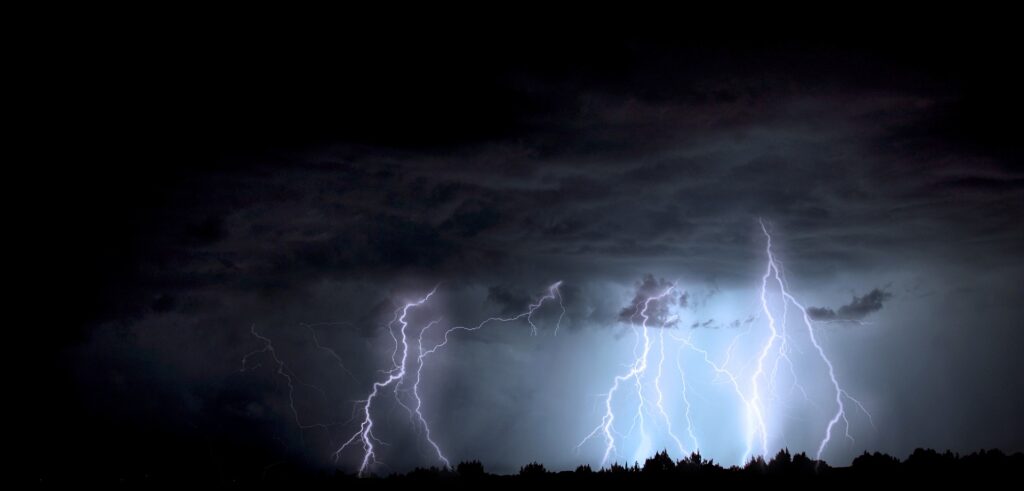Global lightning activity dropped almost 8% during the 2020 Covid-19 lockdowns, according to new research from the Massachusetts Institute of Technology (MIT).
Presented at the AGU Fall Meeting, the research has attributed the cause of the drop to a connection between lightning and air pollution.
The findings were presented by Yakun Liu, a meteorological researcher at MIT, who said that the lockdowns had resulted in a reduction in pollution across the globe. According to Liu, less pollution means fewer microscopic particles hazing the sky and serving as points of nucleation for water droplets and ice crystals. Fewer tiny ice crystals in storm clouds means fewer collisions of crystals, which Liu and other researchers believed to be one of the ways thunderheads generate electrical charges that lead to lightning.
The three-month lockdown period from March to May 2020 proved to be a valuable opportunity to test this idea by studying global lightning and aerosol data.
To measure the lightning activity, researchers used data from the Global Lightning Detection Network (GLD360) and the World Wide Lightning Location Network (WWLLN). For the aerosols they looked at satellite data showing the amount of air pollution in the atmosphere, measured as Aerosol Optical Depth, which is based on the way aerosols absorb and reflect light.
Comparing the years 2018 to 2021, season to season, the researchers found a significant drop in lightning and aerosols in most places during the lockdown, as well as a significant drop in lightning activity worldwide. They found aerosol pollution and lightning generally followed the same pattern or tracked each other over Africa, Europe, Asia and the maritime countries of Southeast Asia, and smaller increases over much of the Americas.
This new research follows previous research by Liu and his colleagues, published earlier this year in the AGU journal Geophysical Research Letters, which showed dramatically how aerosols can affect lightning.
In that paper the researchers showed that lightning activity jumped as much as 270% compared with the same time period the year before over the Tasman Sea when the smoke from Australia’s catastrophic 2019-2020 wildfires blew over the water.
The effect of lightning over the ocean is especially telling, said Liu, because the ocean is flat and less variable in temperature, and so less likely to influence how thunderclouds form or behave. That allows the effects of aerosols to shine through.



